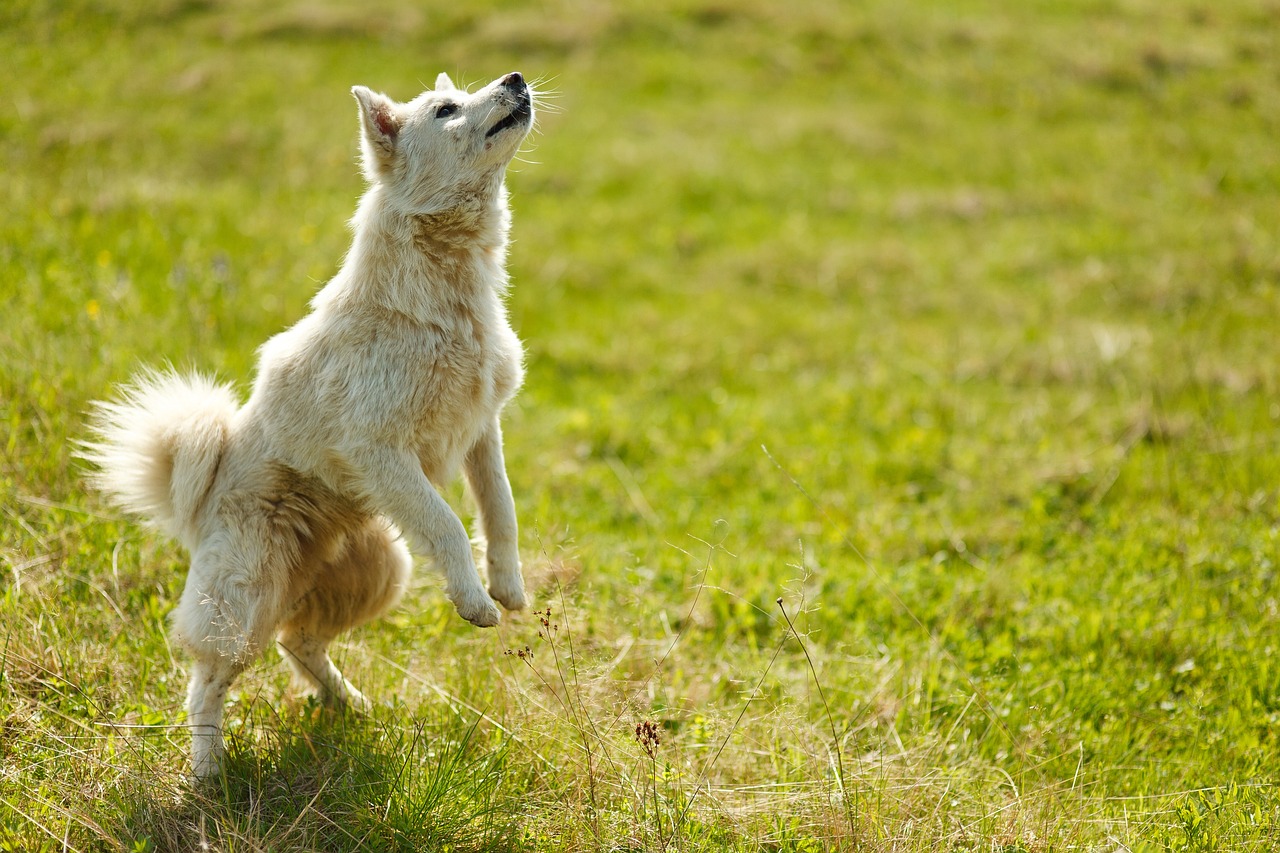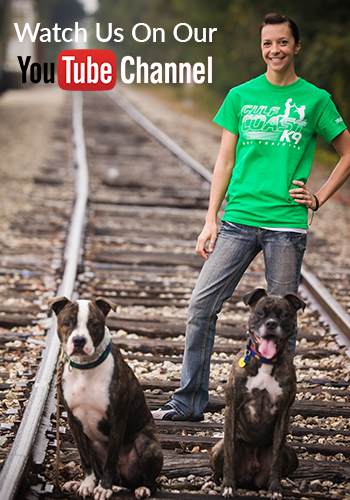Few things make a dog owner feel more loved than being greeted enthusiastically at the door. Many dogs race over, tails wagging, and jump up to welcome their favorite human home. While this behavior can seem endearing, especially when they’re puppies, it often becomes problematic as the dog grows. Unchecked jumping can lead to safety issues, unintentional injuries, or just plain frustration. The good news? With consistency and the right training techniques, you can effectively teach your dog not to jump on people.

Why Jumping Becomes a Problem
Jumping may be rooted in affection and excitement, but it can have unintended consequences. Larger dogs can accidentally knock down children or unsuspecting guests. Even smaller breeds can scratch skin or damage clothing, and people unfamiliar with dogs may feel anxious around a chaotic dog. Over time, what began as a cute greeting can become an unwanted habit—especially if guests feel startled or fearful.
Consistency Is Key
As with any behavioral training, consistency is the foundation for success. Every member of your household must be on the same page. If one person ignores the behavior while another rewards it—intentionally or not—your dog receives mixed signals and will struggle to understand what’s expected. Decide as a family how you will respond to jumping and stick to it.
Managing the Environment
Before you begin formal training, it’s essential to manage your dog’s environment to avoid setbacks. For example, guests won’t know your dog’s training cues, so it’s important to set your dog up for success before visitors arrive. You can use tools like crates or leashes to control their access to the front door. This prevents your dog from reinforcing unwanted behaviors, such as jumping on someone the moment the door opens.
Most dogs jump because they’re excited and seeking attention. By removing that reward, you can help change the behavior. When you come home, resist the urge to greet your dog with excitement. Instead, enter the house calmly and avoid eye contact or petting until your dog settles. If they jump, turn and walk back outside without saying a word. Wait a few seconds, then re-enter and repeat as needed.
It may take several attempts at first, but your dog will quickly learn that staying calm is the only way to earn your attention. There’s no need to scold or push your dog away— ignoring the jumping and rewarding calm behavior is far more effective and respectful.
Teach Your Dog to Greet Guests Calmly – Without Jumping
Once your dog has begun to understand not to jump on you, it’s time to practice with others. Enlist a friend who’s comfortable with dogs to help. Have them knock or ring the doorbell, then ask your dog to sit. Reward them with a treat when they do. Your guest should enter slowly and only approach the dog if they remain seated. If the dog gets up or jumps, the guest should step back and avoid engaging. With repetition, your dog will begin to associate calm behavior with positive outcomes.
Training your dog not to jump takes time, patience, and repetition—but the payoff is well worth the effort. A calm, well-mannered dog makes a better impression on guests and is more enjoyable to live with.
If you find yourself struggling to make progress or your dog’s excitement is difficult to manage, professional guidance can make all the difference. At Gulf Coast K9 Dog Training, we specialize in helping dogs of all breeds and backgrounds learn to become respectful, obedient companions. Whether you’re dealing with jumping, leash reactivity, or basic obedience, our experienced trainers are here to help.
Ready to take the first step toward better behavior? Contact Gulf Coast K9 Dog Training today to schedule a consultation and discover the difference professional training can make.




